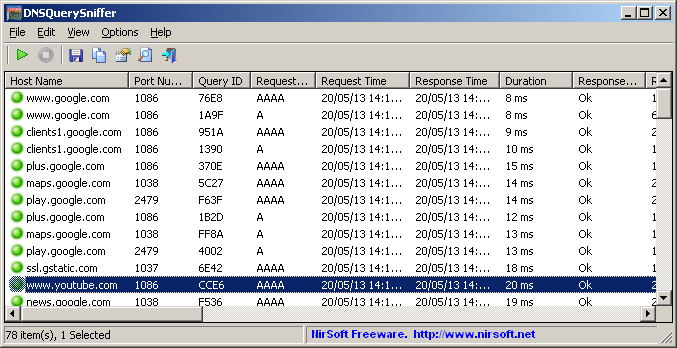
Eventually, additional connection attempts from clients will be denied.

Volumetric attacks are easy to generate by employing simple amplification techniques, so these are the most common forms of attack. Volumetric Attacks send high volumes of traffic in an effort to saturate a victim’s bandwidth. Syn Flood and Ping of Death are some examples. Such attacks consume all the processing capacity of the victim or other critical resources (a firewall, for example), resulting in service disruption. Protocol Based Attacks focus on exploiting a weakness in Layers 3 or 4 of the protocol stack. These attacks exploit a weakness in the Layer 7 protocol stack by first establishing a connection with the target, then exhausting server resources by monopolizing processes and transactions. If a result is found, this constitutes a match.įor a modifier redirect=domain, the SPF record for domain replaces the current record.The goal of DoS or DDoS attacks is to consume enough server or network resources so that the system becomes unresponsive to legitimate requests:Īpplication Layer Attacks go after web applications, and often use the most sophistication. Perform an A query on the provided domain. If a valid hostname ends in domain, this mechanism matches. The hostnames are then validated: at least one of the A records for a PTR hostname must match the original client IP. The hostname or hostnames for the client IP are looked up using PTR queries.

If the client IP is found among them, this mechanism matches. If the connection is made over IPv6, then an AAAA lookup is performed instead.Īll the A records for all the MX records for domain are tested in order of MX priority. If no prefix-length is given, /128 is assumed (singling out an individual host address).Īll the A records for domain are tested. The argument to the "ip6:" mechanism is an IPv6 network range.

If no prefix-length is given, /32 is assumed (singling out an individual host address). The argument to the "ip4:" mechanism is an IPv4 network range.

If the lookup does not return a match or an error, processing proceeds to the next directive. The specified domain is searched for a match. It usually goes at the end of the SPF record.


 0 kommentar(er)
0 kommentar(er)
